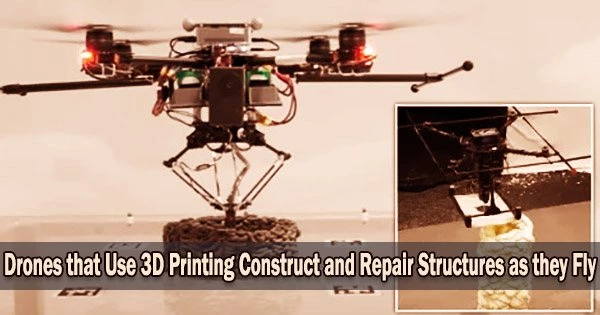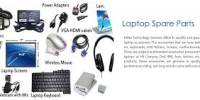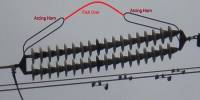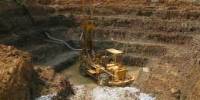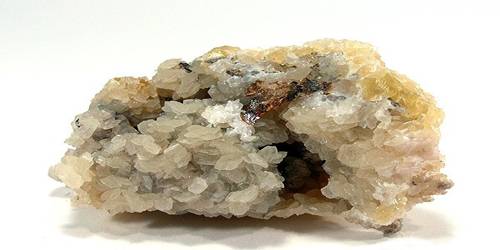It’s definitely possible to use 3D printing technology to build and repair structures while flying using drones. One way to do this would be to mount a 3D printer on a drone, and program the drone to fly to specific locations and print out the desired structures. The drone could be equipped with sensors and cameras to help it navigate and position itself accurately.
According to the researchers, the technology, which has been tested in the lab, may eventually be utilized for manufacturing and construction in hazardous or difficult-to-access areas, such as tall buildings, as well as assistance with post-disaster relief projects.
The use of 3D printing in the construction sector is expanding. Static and mobile robots print materials for use in building projects, such as steel and concrete structures, both on the job site and in the factory. Additionally, the drone would need to be able to carry the necessary materials and equipment, such as the 3D printer, ink or filament, and any other necessary tools.
This innovative method of 3D printing, which was pioneered by Imperial and Empa, the Swiss Federal Laboratories of Materials Science and Technology, uses flying robots, also known as drones, to employ collective building techniques that are modeled after the cooperative building strategies used by bees and wasps to build complex, large-scale structures.
The fleet’s drones, collectively known as Aerial Additive Manufacturing (Aerial-AM), collaborate using a single blueprint and modify their methods as they go. While in flight, they are completely autonomous, but a human controller keeps an eye on them and intervenes if necessary depending on the data the drones provide.
Lead author Professor Kovac, of Imperial’s Department of Aeronautics and Empa’s Materials and Technology Center of Robotics said: “We’ve proved that drones can work autonomously and in tandem to construct and repair buildings, at least in the lab. Our solution is scalable and could help us to construct and repair building in difficult-to-reach areas in the future.”
We believe our fleet of drones could help reduce the costs and risks of construction in the future, compared to traditional manual methods.
Professor Kovac
Printing 3D geometries
As a project advances, Aerial-AM uses both a 3D printing and a path-planning framework to assist the drones in adapting to changes in the structure’s geometry. The fleet is made up of BuilDrones, which drop materials while in the air, and quality-checking ScanDrones, which continuously monitor the output of the BuilDrones and provide information for their further manufacturing stages.
The researchers created four unique cementitious compositions for the drones to construct with in order to test the idea.
The drones continuously evaluated the printed geometry during the build and changed their behavior to guarantee that they complied with the build requirements, with a manufacturing accuracy of five millimeters.
The proof-of-concept prints included a 2.05-metre high cylinder (72 layers) with a polyurethane-based foam material, and an 18-centimetre high cylinder (28 layers) with a custom-designed structural cementitious material.
Future construction and maintenance of buildings in high or other difficult-to-access places may be made possible by the technology. The researchers will then collaborate with building firms to evaluate the solutions and offer manufacturing and maintenance capabilities.
Professor Kovac said: “We believe our fleet of drones could help reduce the costs and risks of construction in the future, compared to traditional manual methods.”
Overall, the concept of using 3D printing drones to build and repair structures while flying is an interesting one, and it has the potential to revolutionize the way we approach construction and maintenance tasks. However, it is still an emerging technology, and there is a lot of work to be done before it becomes a practical reality.
